Last week was a busy week as I had a fairly full schedule of manual therapy clients on top of my coaching responsibilities. It’s been a fun couple of weeks as I’ve had a few pro baseball pitchers and a former (and possibly future, depending on whether or not he’s ready to hang up the shoes and grab a whistle full time) pro basketball player come in for assessments and start training.
I’ve been studying up on baseball
While I’m okay with being labeled a “hockey guy”, the reality is that as a coach, if you understand the foundations of human movement and physiology, and the movement patterns, energy system proportions and injury patterns of a sport, you can design a great training program. I may not be able to throw 90 mph (…or even 60), and my little carny hands can barely palm a mini basketball, but neither of those things are any indication of an ability to design and implement programs to help improve performance in baseball and basketball athletes. This is actually a nice segway into today’s first “Stuff You Should Read”
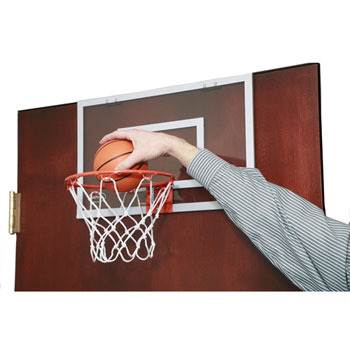
This, I could handle. (Image from: dazadi.com)
Training Stuff You Should Read
1) Internet Hockey Training Experts from me
This is a throwback from a couple years ago that I think is just as relevant today as ever. Before you sign up to train with someone based solely on the fact that they competed at a high level, read this.
2) Improving Core and Lumbopelvic Control with the Slideboard Hamstring Curl by Matt Siniscalchi
Matt does a great job connecting a common posture that athletes present with to how this posture biases them toward a predictable exercise technique flaw. Despite this sounding a little “technical”, the power in this article is that Matt is approaching the issue from a coach’s perspective on exercise performance. He demonstrates “wrong” and “right” and then provides some things to look for and coaching cues to help you get there. I’ve been so impressed with Matt’s coaching over the last year that I recently wrote him a testimonial for his website, while I was helping him make a few tweaks to it. And because I have his password, I maaaaay have added something else. Check out Matt’s site here: Matt Siniscalchi
3) Functional Movement Screen and Mixed Martial Arts by Patrick Ward
This is a summary of a recently published study evaluating an FMS-based corrective approach in MMA athletes. Patrick does a great job summarizing the article and identifying the power in using the FMS, a system that is still surrounded by misunderstandings.
4) Does Overtraining Exist? by Patrick Ward
In this article, Patrick shares an email exchange he had with someone battling overtraining symptoms. He moves on to describe many of the physiological mechanisms underlying and affected by overtraining. I really liked this piece because it provides clear explanations on the different types of overtraining, and I know Patrick is very well read in this area. This is a topic that has always been important, but especially now as competition schedules in youth sports have gotten completely out of control and people seem to be clinging to nonsensical volume-based workouts with the sole intent of sweating more and working harder. There are times to push and times to back off and knowing when to do which can have a HUGE impact on athletic performance and adaptation.
5) 11-Day NBA Warning: Inside Roy Hibbert’s Offseason Training by Brett Koremenos
This is an article about NBA star Roy Hibbert’s off-season training with Mike Robertson this past Summer. I’ve followed Mike’s work for the last 7-8 years, and have benefited greatly from his products and articles. I spent the better part of my Friday morning reading through the articles he emailed out in his newsletter, which included this one. There are a few things I like about this article: The poetic description of lifting weights, the fact that a star professional athlete is working hard to improve his game despite being at the top, and the focus on creating a large, solid foundation of quality movement and stability before progressing to a larger focus on more traditional training goals (e.g. speed, power, etc.).
6) Can You Guarantee Improved Performance by Mike Robertson
This is another great piece from Mike that outlines the three foundational pillars of developing improved athletic performance. As I mentioned above, Mike does a good job of explaining the importance of developing a solid foundation of certain qualities to improve athletic performance and how each of the three pillars will influence sport performance. I especially liked the discussion on conditioning as it pertains to an improved ability to log quality practice within the sport.
7) Quick Thoughts on Barefoot Training by Charlie Weingroff
Several years ago I thought I had a pretty good understanding of this topic. Get people in shoes that move in multiple planes (e.g. Nike Frees). Try to decipher whether a “flat foot” is a functionally flat foot or a structurally flat foot. Teach people to create an arch with barefoot strength training movements. That seemed pretty straight forward to me. Then the Postural Restoration Institute came along and had a completely different spin on footwear, largely condemning the Nike Frees I had recommended so much in the past. While I don’t like all of the shoes on the PRI approved shoe list for athletic purposes, I also understand why they’re making the recommendations they do and can see the limitations in a lot of other shoes within that frame. Charlie falls into the “he talks, I listen” category for me. In this article, he highlights some of the places he feels people would benefit from training barefoot, some of the places they’d probably be best to have shoes on, and the grayer areas.
Lastly, if you missed the articles I posted last week, you can check them out below. These were among the most “shared” articles of any I’ve ever written as the topics seemed to garner interest from PTs, DCs, Strength Coaches, and yoga instructors alike:
- Chest Breathing vs. Belly Breathing
- 5 Ways Breathing Affects Sport Performance
- Philadelphia Union Fitness Coach Kevin Miller on Optimizing Movement
That’s a wrap for today. If you’ve come across any great articles in the last couple of weeks, please post them in the comments section!
To your success,
Kevin Neeld
OptimizingMovement.com
UltimateHockeyTraining.com
Please enter your first name and email below to sign up for my FREE Athletic Development and Hockey Training Newsletter!
Get Optimizing Movement Now!
“…one of the best DVDs I’ve ever watched”
“A must for anyone interested in coaching and performance!”


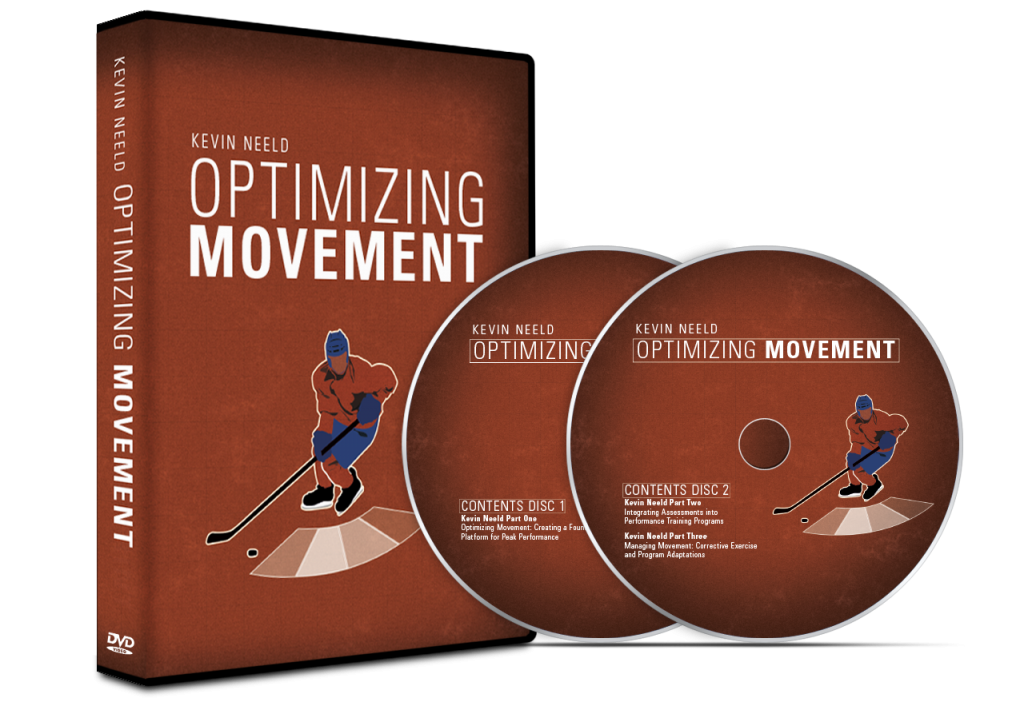

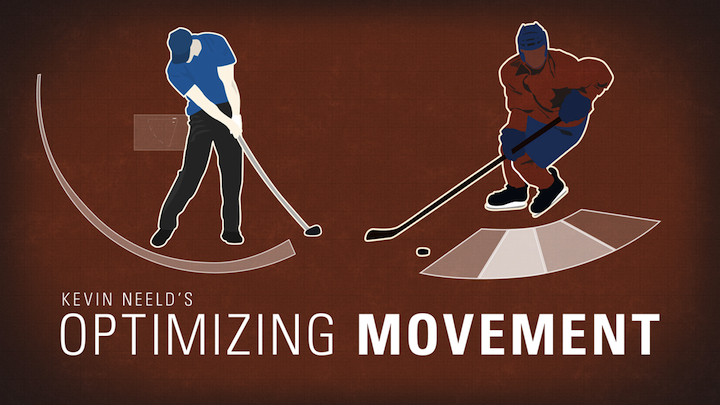


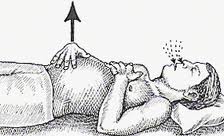

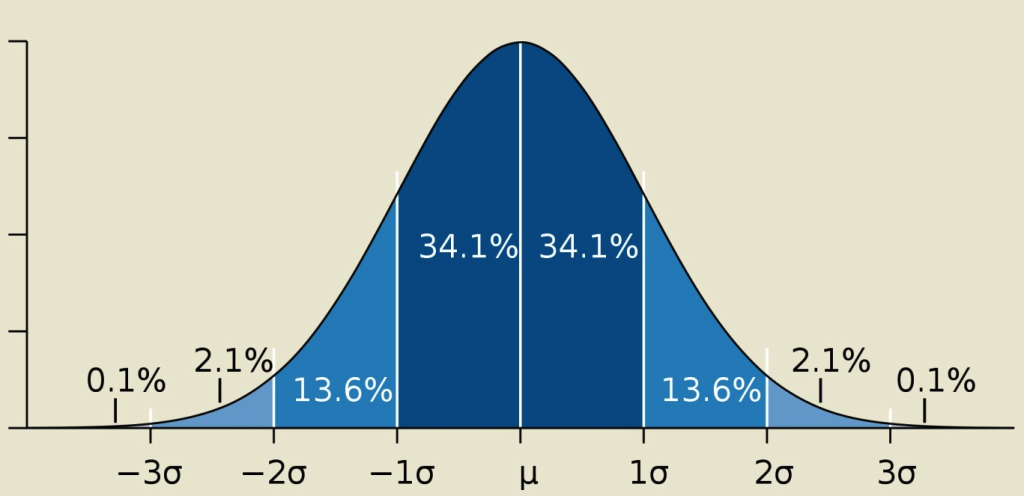
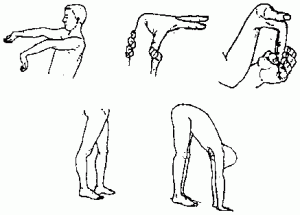
 Use CODE: "Neeld15" to save 15%
Use CODE: "Neeld15" to save 15%